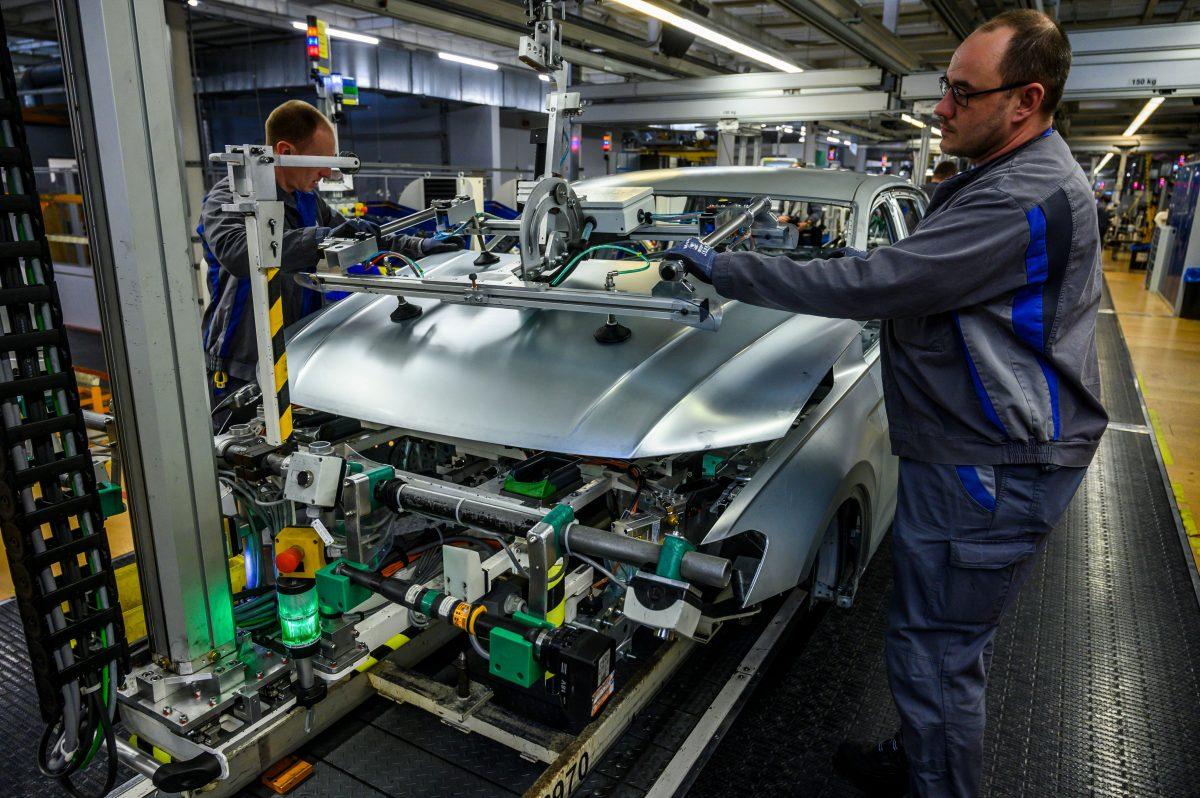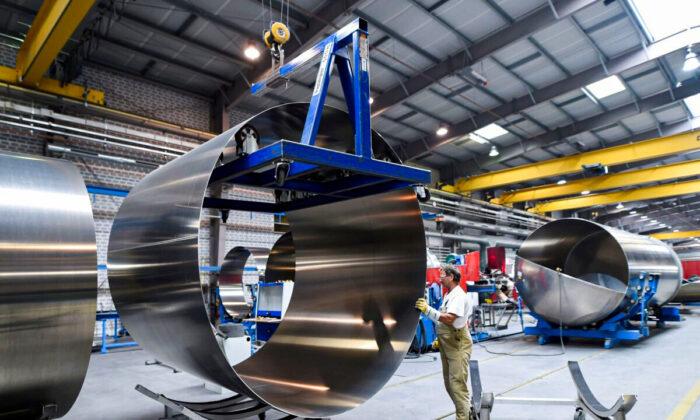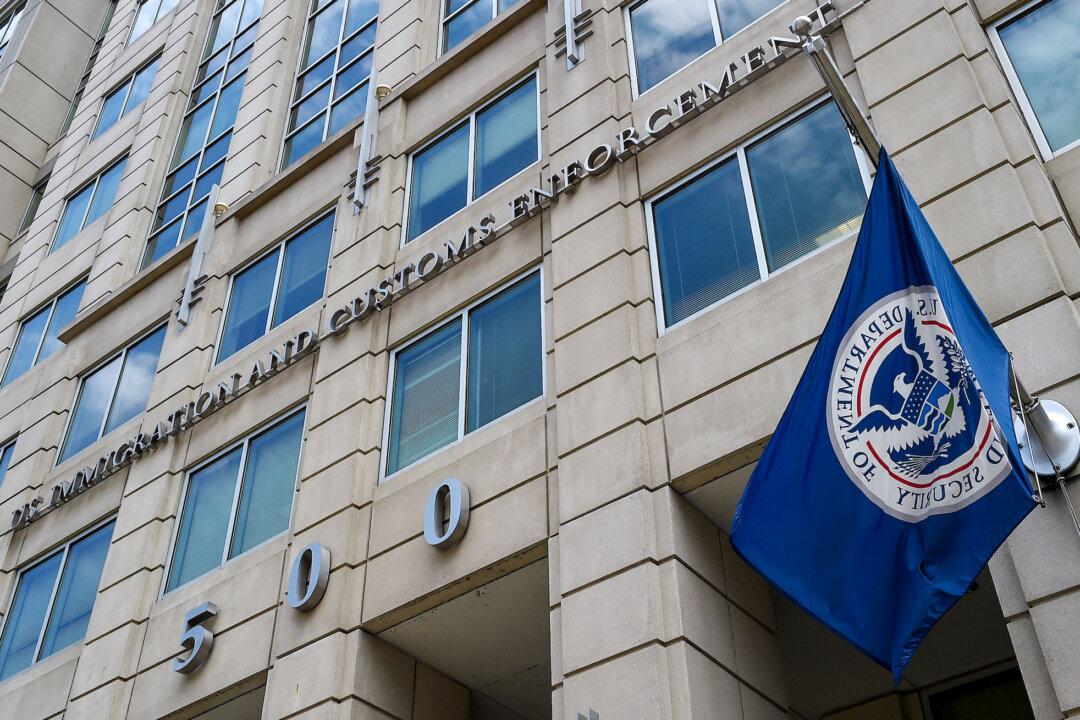Germany’s economy narrowly avoided a recession in the first quarter (Q1) as the Ukraine war and the lingering effects of COVID-19 pandemic restrictions weighed on economic activity, but with enough wiggle room for Europe’s biggest economy to eke out a 0.2 percent pace of growth.
“War in Ukraine and the continuing COVID-19 pandemic have intensified existing distortions, including interruptions in supply chains and rising prices,” Georg Thiel, president of the Federal Statistical Office, said in a statement. “Despite difficult framework conditions in the global economy, the German economy started 2022 with a slight growth.”

Inflation is expected to remain high through 2022, supply chain disruption is expected to intensify, and the world is on track for the worst food crisis in recent history, according to the World Economic Forum’s Chief Economists Outlook report.
The 0.2 percent pace of quarterly gross domestic product (GDP) growth means that Germany has managed to dodge a recession, typically defined as two consecutive quarters of quarter-over-quarter contraction. The country’s economic output fell by 0.3 percent at the end of 2021.
On May 25, following the release of Germany’s GDP figures, Brzeski reacted by sticking to his earlier recessionary forecast.
“The inventory build up and weak consumption in the first quarter, as well as very weak consumer confidence, clearly dent the optimism currently sent by traditional leading indicators,” he wrote. “We stick to our base case scenario of a mild contraction in the German economy in the second quarter.”
Other analysts have made calls for an imminent German recession.
Other German economic data point to economic weakness, including a contraction in private consumption for the second quarter in a row and consumer confidence readings remaining close to all-time lows.





